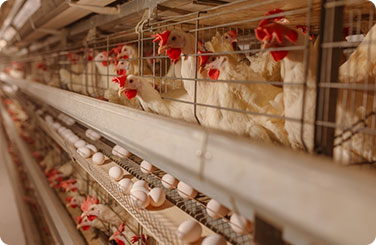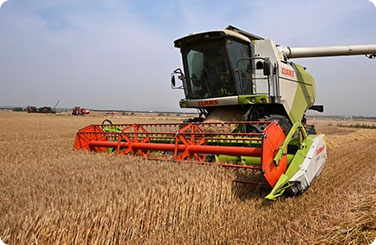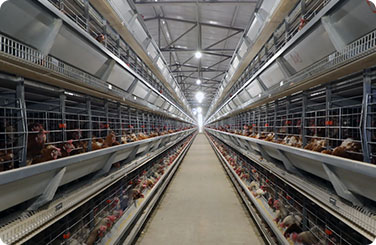From Farm to Processing: Streamlining Poultry Operations with Integrated Equipment
The cluck of hens used to be the only soundtrack on a poultry farm. A feed scoop in hand, a pair of muddy boots, and a prayer that the flock stays healthy — that was the standard rhythm of life. But times? They’ve changed. Not the soul of the work — that remains sacred. But the way we do it? That’s where things are evolving, fast.
Welcome to the new era of poultry production, where integrated equipment turns chaos into choreography.
The Old Way Had Heart — But Not Always Efficiency
Let’s keep it real: legacy poultry operations had their charm, but they also had bottlenecks. Manual feeding, inconsistent data collection, siloed systems between the farm and the processing plant — it all slowed things down. Every time a chicken moved from coop to crate to conveyor, there was a risk of stress, injury, or inefficiency. Not to mention, labor shortages have made it harder than ever to rely on manual labor as the backbone of poultry production.
But the poultry business isn’t one to fold under pressure. It adapts.
Integrated Equipment: Not Just Gadgets, But Game-Changers
When we talk about “integrated equipment,” we’re not just hyping tech for the sake of sounding fancy. We’re talking smart systems — automated feeding, climate control, live bird handling systems, processing lines that talk to the hatchery upstream and the logistics hub downstream.
Imagine this: a smart feeding system syncs with a central control unit. It adjusts feed quantity based on bird weight data coming from in-house weighing platforms. Meanwhile, climate systems tweak the environment automatically to match breed-specific comfort zones. And when it’s time for transport? Live bird handling modules ensure minimal stress and humane treatment, which improves meat quality and reduces losses.
This isn’t science fiction — it’s poultry 4.0.
From the Coop to the Conveyor Belt: Total Traceability
Integrated systems mean you can now track a bird’s entire lifecycle. Hatch date, feed cycles, health data, transport time, processing stats — all digitally logged. This isn’t just good for compliance or audits — it’s a treasure trove for optimization.
For example, a spike in mortality? The system might trace it back to a faulty ventilation unit in a specific barn. You don’t waste time guessing — you fix it, fast. That’s cost savings. That’s ethical stewardship. That’s operational excellence.
Labor Efficiency, Without Losing the Human Touch
Let’s not kid ourselves — automation is often met with side-eyes. People worry about jobs, about tradition, about losing that farm-kid work ethic. But smart poultry operations don’t replace people — they reallocate them.
Instead of spending hours shoveling feed or monitoring fans, your team can focus on flock health, biosecurity, and data insights. You get more brains and fewer brawn-bound tasks. And when machines handle the dirty, dangerous, and dull jobs, you cut down on injuries and turnover.
Sustainability: The Silent Power Move
Modern integrated poultry equipment isn’t just efficient — it’s cleaner, too. Automated systems reduce water waste, optimize feed use, and help cut carbon emissions by lowering energy usage across operations. Sustainability used to be a buzzword. Now? It’s a business model.
In a world of climate-conscious consumers and stricter regulations, the farms that lean into this tech are the ones that’ll survive — and thrive.
The ROI of Integration: Let’s Talk Dollars and Sense
Sure, the upfront cost of integrated equipment can look steep. But let’s do the math.
-
Lower feed waste? That’s huge. Feed is your biggest expense.
-
Less downtime? That’s higher throughput.
-
Better flock health? Fewer culls, higher yields.
-
Real-time data? Faster decisions, better margins.
Within 1–3 years, most operations see ROI — and more than that, they gain resilience.
Final Cluck: The Future Is Already Here
Farmers are the original innovators. Every generation has taken what they inherited and made it more resilient, more productive, more humane. Today’s poultry producers aren’t just caretakers — they’re systems thinkers, tech adopters, sustainability stewards.
So, whether you’re running a heritage family farm or scaling a commercial operation, integrated poultry equipment isn’t a nice-to-have — it’s the backbone of modern success.
From farm to processing, from feed to final cut — let the flow be seamless, the work be smarter, and the birds be better cared for. The industry’s future is knocking. Let’s open the barn doors wide.



